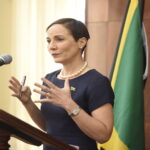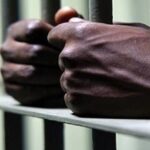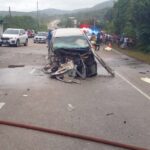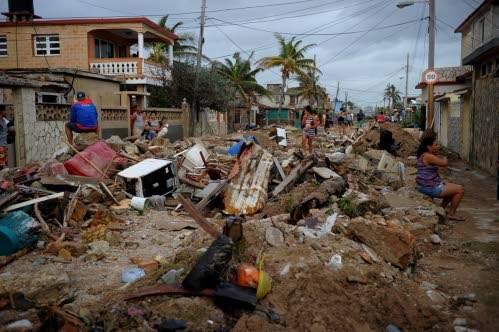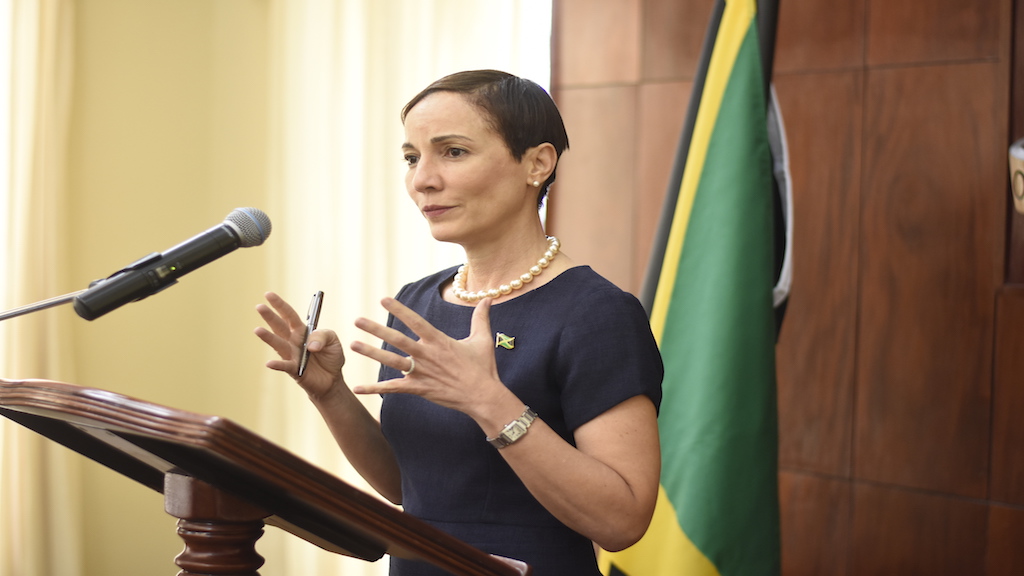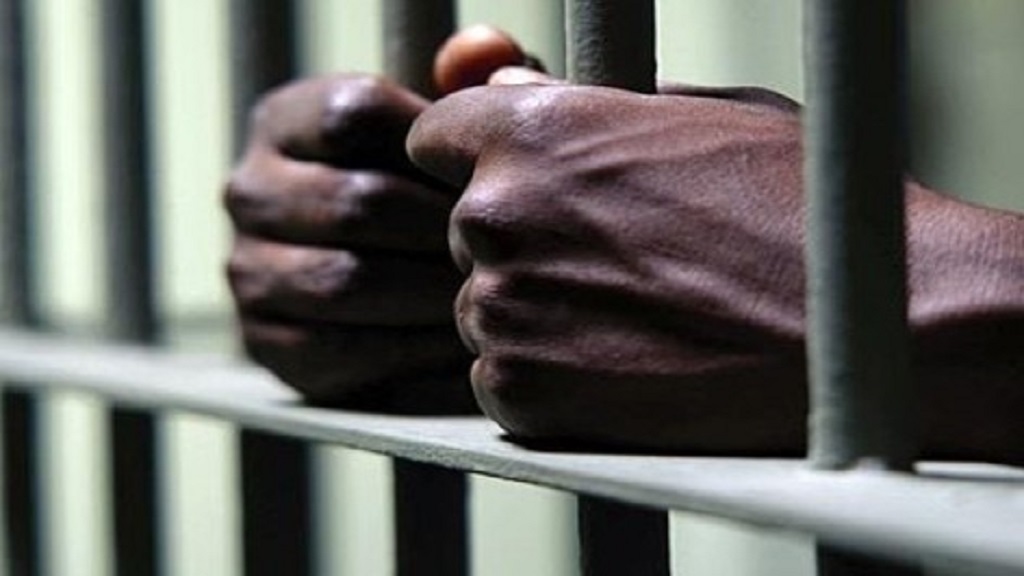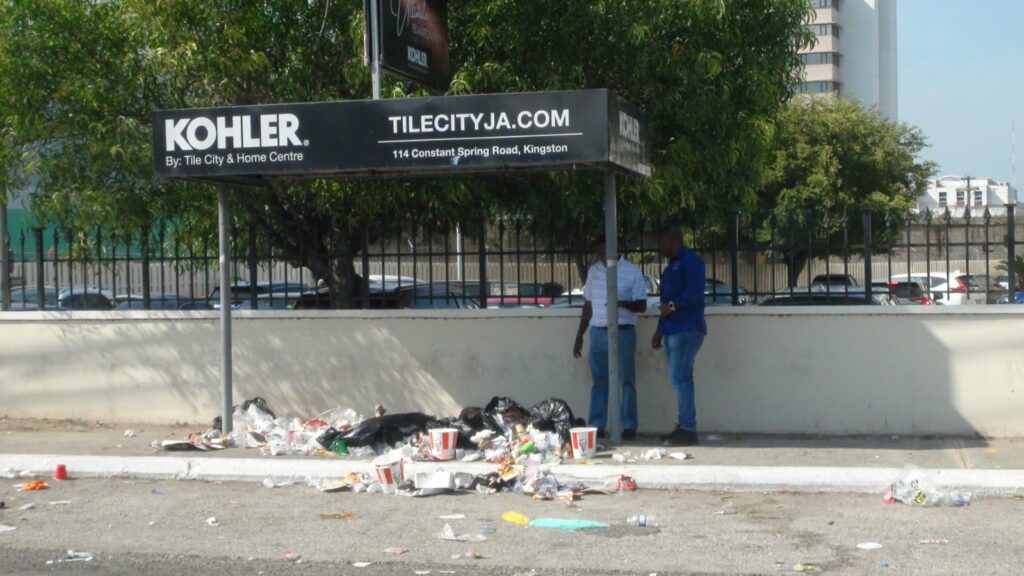HAVANA, Cuba (AFP) — Hit harder than expected by Hurricane Irma, Cuba faces months of difficult recovery and will need international aid to get back on its feet, UN agencies and experts say.
Irma was the most powerful hurricane to hit Cuba since 1992, slashing its way through 13 of the country’s 15 provinces, according to the National Defense Council.
Though the damage is still being evaluated, Cuban authorities and foreign observers agree that agriculture, tourism and housing are the three worst-hit sectors.
“The central provinces of Camaguey, Ciego de Avila and Villa Clara were the most affected,” said Jerome Faure, director for Cuba with British NGO, Oxfam.
“We’ve seen a lot of agricultural infrastructure, fields and stores affected,” said Laura Melo, director of the World Food Programme (WFP) in Cuba. The WFP said sugar cane is among the most devastated crops.
“In some drought-affected provinces in the east of the country like Ciego de Avila, the hurricane brought a lot of water, which is very good news,” said Melo.
“But it caused a lot of destruction, with foreseeable consequences for production, market supplies, and the situation of families which live from agriculture.”
The booming tourism industry “will probably suffer an impact”, due to the number of hotels and houses damaged, said Faure, amid concern for a sector which showed steady growth since 2015.
Tourism Minister Manuel Marrero said hotels on the paradise islands of the north coast, which bore the brunt of the hurricane, would be ready for the start of the high season in mid-December.
However, that claim has been greeted by scepticism because of the scenes of devastation circulating on social media.
The country’s long history of dealing with hurricanes and its ability to organise itself meant it was spared an even bigger beating.
“Cuba was hit harder than initially expected, but the prevention mechanisms work very well,” said Melo.
“There were 10 deaths but, in relation to the impact of the hurricane, this is minimal. The capacity for mobilisation is extraordinary.
“Cuba has one of the most effective prevention and response systems in the region,” Faure said, adding that preventive measures like removing Wi-Fi and TV antennas, crop-protection and food storage meant the worst was avoided.
The Cuba director of the NGO CARE, Richard Paterson, praised the country’s “very strong focus at protecting human life, targeting vulnerable people” to ensure they went to evacuation centres or the homes of family or friends.
Melo warned that “the hurricane period isn’t over and there is a big risk that this situation will be repeated. It’s important to respond to the urgency, but also to think about preparing for another hurricane”.
“For now it’s important to restore food, water and electricity supplies,” said Paterson.
Faure said Cuba will need international help because it remained underdeveloped. By comparison, the French islands of the Caribbean were starting their clear-up from a stronger position.
“So one hopes that the solidarity expressed is realised in a massive way, since the island is already facing a difficult time, from the economic point of view, with growth of just 1.1 per cent in the first half of the year,” said the Oxfam official.
“Public and private companies were impacted, and a significant investment is required,” he said. “The island did not deserve this.”
“It was an awful storm,” said Paterson.
“Damage is significant. It’s going to take some time, at least a year, for Cuba to recover.”
